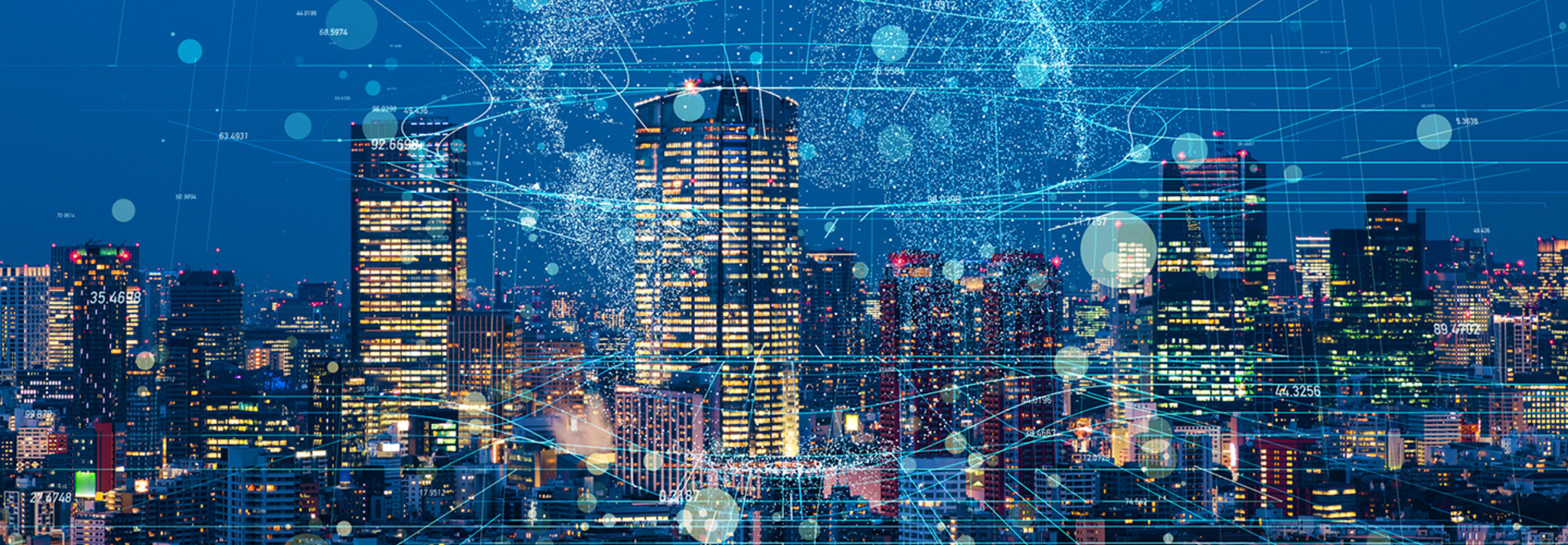6 Ways State and Local Governments Bring Digital Transformation to Life
State and local governments are using the Internet of Things to help residents and improve services in a wide range of areas.
In Portland, Ore., the city plans to use sensors to monitor traffic and increase pedestrian safety. Trash collection is benefiting from IoT, as sensors placed inside garbage cans can take a picture of its contents, automatically analyze it, and then optimize the routes for trash collectors based on which bins need to be emptied.
And, of course, IoT is an essential component to wider smart city deployments.
As state and local governments look for effective, manageable entry points into digital transformation and IoT, they should consider use cases that have proven effective for a wide range of organizations.
Here are some of the most common — and valuable — ways that government agencies are already adopting innovative solutions.
SIGN UP: Get more news from the StateTech newsletter in your inbox every two weeks!
1. Energy Management and Smart Buildings Deliver Savings
This is a use case that can apply to a wide variety of agencies, as every dollar that can be saved from reductions in heating, cooling and water usage can be reinvested in other services. Additionally, many agencies undertake ambitious energy and water conservation efforts, and smart building programs can also increase worker comfort. According to Intel, a smart building program can cut energy costs as much as 8 percent in the first year of implementation, with annual savings reaching up to 30 percent in subsequent years.
2. Predictive Maintenance Boosts Productivity
With connected sensors, agencies can continuously monitor the condition of high-value and mission-critical equipment for signs of imminent failure, and then either proactively perform repairs or replace the equipment before it malfunctions. This not only decreases maintenance costs, but it can also prevent productivity losses by minimizing equipment downtime.
Predictive maintenance is an especially important IoT use case for agencies that operate in remote environments where maintenance is a major challenge.
3. Predictive Analytics Helps Agencies Meet Residents' Needs
As agencies collect and analyze more data, they are finding ways to use this information to forecast vital variables such as residents' needs and demand for services. Better forecasting can help agencies improve services and become more efficient.
The data needed for effective predictive analytics programs can be gleaned from IoT components including video feeds, mobile geolocation, social media channels and log files.
4. Video Surveillance and Monitoring Can Enhance Public Safety
Many agencies have used security cameras for decades. But by connecting IP-based cameras to the network and applying analytics tools, agencies can automate existing processes and arrive at valuable new insights.
Many states and cities already use camera systems to automate processes such as speed-limit enforcement and toll collection, and analysts foresee a future in which cameras are able to use facial recognition and other intelligent features to make “decisions” on their own. For instance, public street cameras might one day automatically dispatch first responders after an automobile accident.
5. Connected Wearables Can Improve Worker Safety
According to the International Labor Organization, workplace accidents account for 320,000 deaths each year, with nonfatal accidents numbering more than 300 million annually. IoT-connected wearable devices, including helmets and wristbands, can help prevent these incidents by collecting biometric, environmental and geolocation data and sending real-time alerts to employees and managers if workers’ well-being is compromised.
For example, wearables can help ensure that workers aren’t exposed to excessive levels of heat, cold, radiation, noise or toxic gases.
6. IoT Sits at the Heart of Smart City Deployments
By connecting and gathering information from systems — including traffic signals, parking infrastructure and light poles — cities and towns are saving money and improving services for residents. For example, Chicago developed an algorithm to prioritize health inspection for restaurants with previous violations, and Kansas City is using sensors along a 2.2-mile streetcar line to gather and disseminate real-time information about traffic volume and open parking spots.
While each of these use cases is valuable on its own, the real power of IoT and digital transformation comes when agencies are able to combine several different IoT systems. For instance, public safety departments on college campuses might pull data from a number of IoT-connected sources — including security cameras, smart lighting systems, incident reports and perhaps even Wi-Fi access points — to deliver officers real-time information about changing conditions via a custom mobile app.
And cities and states might use connected traffic signals not just to streamline the flow of traffic, but also to inform infrastructure improvements and changes to the deployment of public safety workers.
Likely, many of the IoT use cases that will have the largest impact on the business world haven’t even been dreamed up yet. Agencies that start pursuing their digital transformation strategies now will have an advantage over their peers that lag behind.
To learn how your state or local government agency can get off the sidelines and into the game with digital transformation, read the CDW white paper “Digital Transformation: The Future of IT Arrives.”








